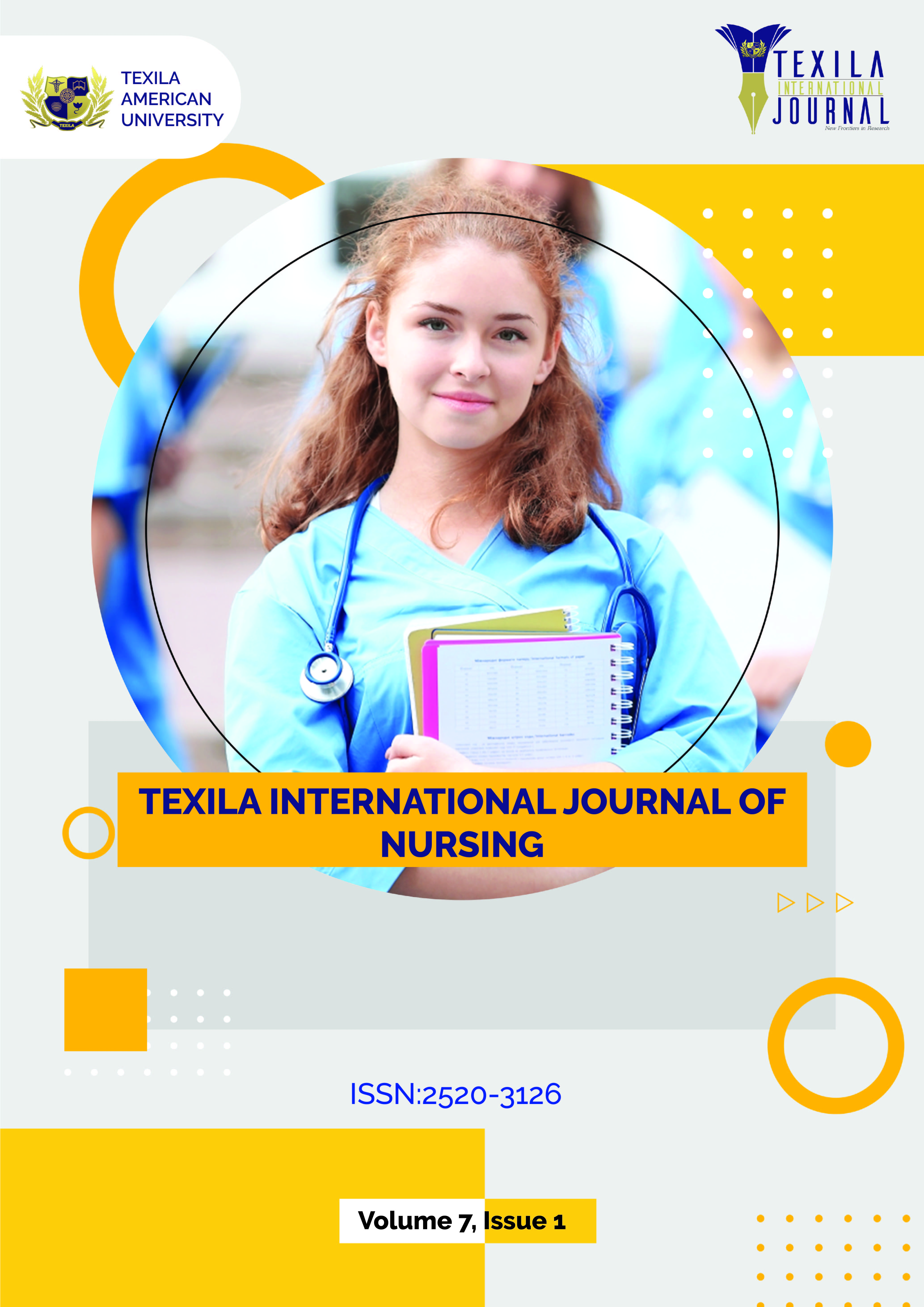References:
[1] International
Association for the Study of Pain (IASP). Pain: Clinical Updates. J Pain.
2015;23(6).
[2] Ball
RW, Bindler RC, Cowen KJ, Shaw MR. Child Health Nursing. 3rd ed. New Jersey:
Pearson Prentice Hall; 2018.
[3] Mbugua
B, Chemoiywa A. Non-pharmacological pain management in paediatric nursing.
Turku University of Applied Sciences; 2017.
[4] Pasero
C. Challenges in Pain Assessment. J PeriAnesthesia Nurs. 2009; 24:50–4.
[5] Pasero
C, McCaffery M. No self-report means no pain-intensity rating. Am J Nurs. 2011;
105:50–3.
[6] Kliegman
RM, Stanton BF, Schor NF, St. Geme JW, Behrman RE. Nelson Textbook of
Pediatrics. 19th ed. Philadelphia: Elsevier Saunders; 2011.
[7] Chou R,
Gordon DB, Leon-Casasola O, Rosenberg JM, Bickler S, Brennan T, et al.
Management of Postoperative Pain: A Clinical Practice Guideline from the
American Pain Society, the American Society of Regional Anesthesia and Pain
Medicine, and the American Society of Anesthesiologists’ Committee on Regional
Anesthesia, Executive Comm. J Pain [Internet]. 2016;17(2):131–57. Available
from: http://dx.doi.org/10.1016/j.jpain.2015.12.008.
[8] Royal
College of Nursing. Clinical practice guidelines: The recognition and
assessment of acute pain in children. London: Royal College of Nursing; 2009.
[9] Stapelkamp
C, Carter B, Gordon J, Watts C. Assessment of acute pain in children:
development of evidence- based guidelines. Int J Evidence- Based Healthc. 2011;
9:39–50.
[10] Srouji
R, Ratnapalan S, Schneeweiss S. Pain in Children: Assessment and
Nonpharmacological Management. Int J Pediatr. 2010;1–11.
[11] Kahsay
H. Assessment and treatment of pain in pediatric patients. Curr Pediatr Res.
2017;21(1):148–57.
[12] James
S, Nelson K, Ashwill J. Nursing care of children: principles and practice. 4th
Editio. St Louis: Elsevier; 2013.
[13] Kholowa
ET, Chimwaza AF, Majamanda MD, Maluwa AO. Nurses’ Knowledge and Attitudes
towards Pain Management in Children Admitted in the Paediatric Department of
Queen Elizabeth Central Hospital, Blantyre, Malawi. J Biosci Med. 2017; 5:46–59.
[14] Christie
OO, Oluseyi OA, Olunfunke OD. Factors Associated with Utilization of Pain
Assessment Tools in Pain Management among Nurses in Selected Hospitals in Ekiti
State. Int J Caring Sci. 2018;11(1):164.
[15] Hall
RW, Kanwaljeet JS. Pain Management in Newborns Analgesia Sedation Pain Stress
NICU Infant-newborn. Clin Perinatol [Internet]. 2014;41(4):895–924. Available
from: http://dx.doi.org/10.1016/j.clp.2014.08.010.
[16] Zamzmi
G, Zhi R, Kasturi R, Goldgof D, Ashmeade T, Sun Y. A Review of Automated Pain
Assessment in Infants: IEEE Rev Biomed Eng. 2019; 3:1–21.
[17] Aziato
L, Adejumo O. Developing a context-appropriate clinical guideline for
post-operative pain management in Ghana: A participatory approach. Int J Africa
Nurs Sci. 2015; 2:26–33.
[18] Aziato
L, Dedey F, Marfo K, Avoka J, Nat J. Validation of three pain scales among
adult postoperative patients in Ghana. BMC Nurs. 2015;14(42).
[19] Menlah
A, Garti I, Amoo C, Agyare FD. Knowledge, attitudes, and practices of post-operative
pain management by nurses in selected district hospitals in Ghana. Sage Open
Nurs. 2018; 4:1–11.
[20] Anim-
Boamah O, Aziato L, Adabayeri VM. Ghanaian nurses’ knowledge of invasive
procedural pain and its effect on children, parents, and nurses. Nurs Child
Young People. 2017;24(7):26–31.
[21] Hammond
CK, Dogbe J, Painstil V, Osei- Tutu L. Pain description and presentation in
children admitted to a teaching hospital in Ghana. J Cancer Prev Curr Res.
2015;2(4):1–10.
[22] Anim-
Boamah O&, Aziato L. Ghanaian nurses’ knowledge of invasive procedural pain
and its effect on children, parents, and nurses. Nurs Child Young People.
2017;29(7):26–31.
[23] Kusi
Amponsah A, Oduro E, Bam V, Kyei-Dompim J, Ahoto CK. Nursing students and
nurses’ knowledge and attitudes regarding children’s pain: A comparative
cross-sectional study. PLoS One. 2019;14(10): e0223730.
[24] Kusi
Amponsah A, Frimpong Kyei E, Agyemang JB, Boakye H, Kyei- Dompim J, Ahoto CK,
et al. Nursing-Related Barriers to Children’s Pain Management at Selected
Hospitals in Ghana: A Descriptive Qualitative Study. Pain Res Manag. 2020;1–7.
[25] Ofosu Dwamena
SO, Druye AA, Asamoah Ampofo E. Experience of Registered Nurses of
Postoperative Pain Assessment Using Objective Measures among Children at Effia
Nkwanta Regional Hospital in Ghana. J Caring Sci. 2020;9(3):125–32.
[26] Polit
DF, Beck CT. Essentials of Nursing Research: Methods, Appraisal and
Utilization. Philadelphia: Lippincott Williams & Wilkins; 2006.
[27] Colaizzi
PF. Psychological research as the phenomenologist views. In: Vale R, King M,
editors. Existential-phenomenological alternatives for psychology. New York:
Oxford University Press; 1978.
[28] Aranha
PR, Dsouza RP, Umarani J, Shilpa GS. Assessment and Management of Pain in
Children: Knowledge and Attitude of Staff Nurses. Int J Nurs Educ Res.
2015;3(2):1–4.
[29] Mediani
HS, Nurhidayah I, Mardhiyah A, Hendrawati S. Nurses Journey of Postoperative
Pediatric Pain Care: A Qualitative Study Using Participation Observation in
Indonesia. Glob J Health Sci. 2019;11(4):93–103.

 Radical Cystectomies at the University Teaching Hospital, Lusaka: Baseline Characteristics, Short-term Complications, and Role of Nursing CareAuthor: Nkomba ChamilekeDOI: 10.21522/TIJNR.2015.07.01.Art001
Radical Cystectomies at the University Teaching Hospital, Lusaka: Baseline Characteristics, Short-term Complications, and Role of Nursing CareAuthor: Nkomba ChamilekeDOI: 10.21522/TIJNR.2015.07.01.Art001 Experiences of Registered Nurses’ in Assessing Postoperative Pain among Children: Exploring the Challenges in Effia Nkwanta Regional Hospital, GhanaAuthor: Sylvia Oger Ofosu DwamenaDOI: 10.21522/TIJNR.2015.07.01.Art002
Experiences of Registered Nurses’ in Assessing Postoperative Pain among Children: Exploring the Challenges in Effia Nkwanta Regional Hospital, GhanaAuthor: Sylvia Oger Ofosu DwamenaDOI: 10.21522/TIJNR.2015.07.01.Art002 Approaches of Cooperative Learning across Ministry of Health Nursing Education Institutions in Bamenda-Cameroon: Perceptions of Students and TeachersAuthor: Loh Stanley YuhDOI: 10.21522/TIJNR.2015.07.01.Art003
Approaches of Cooperative Learning across Ministry of Health Nursing Education Institutions in Bamenda-Cameroon: Perceptions of Students and TeachersAuthor: Loh Stanley YuhDOI: 10.21522/TIJNR.2015.07.01.Art003
